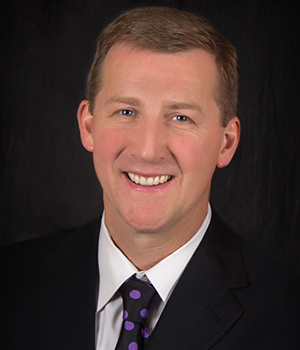Health care is expensive. The Price Waterhouse 2018 survey reveals that a family of four earning $50,000 will surrender 25 percent of take-home pay to health insurance premiums and co-pays.
While it would be easy to criticize the high cost of hospitalization or call out pharmaceutical companies who produce slick ads touting high-cost wonder drugs, it is better to focus on what individual employers are doing to fight back and create competitive hiring and retention advantages by building better plans for their employees.
Strategic HR leaders and balance sheet responsible executives are increasingly turning to self-funded or “pay claims as you go” plans with a focus on managing the health care supply chain such as hospital and pharmacy costs, which drive 70 percent of claims spend. Few executives would tolerate lack of pricing transparency in their business supply chain. They should demand no less from a category that trails only payroll or physical materials as a business expense.
The first step in building a well-run plan is to partner with a consultant and plan vendors who believe that data belongs to the employer and commit to full transparency of all hospital, outpatient, office visit, imaging, and pharmacy medical bills and clinical data. An employer with this data can drive costs lower and inspire healthier employees. Conversely, a lack of data will put an employer at the mercy of the insurance carrier and their calculations.
Full transparency of data is the starting point. However, the greatest opportunity to improve quality and reduce cost is found in using the data to provide opportunities to choose wisely prior to seeking care. This allows the plan to provide a mechanism to reward the employee for choices made that lead to high quality care at the best possible location.
Our benefitSMART program provides a 24-hour/seven-day-a-week, nurse-led navigation team to provide clinical assistance for each employee’s health event. They are also able to assist them in choosing wisely about the need for emergency room services or where to have their surgery or imaging procedure. In most cases, if the employee voluntarily chooses a physician or service at a recommended site of care, the employee will pay nothing for the surgery, imaging or chemotherapy treatment. The key is in providing great choices for the employee prior to receiving care. It creates a double win with both the employee and employer winning financially, and the employee receiving high quality care.
A few examples that we see:
- Elective procedures such as colonoscopy, hernia, hysterectomy, rotator cuff or knee surgery are often purchased poorly. Hernia surgery can be reduced from $10,000 to $4,000 by using the same physician but at a different site of care. This effect translates across most elective surgeries.
- Emergency room visits that cost up to $10,000 can be eliminated by 24/7 access to nurses and physicians at zero co-pay.
- Chemotherapy treatments can be reduced from $80,000 to $40,000 based simply on the site where infusion occurs.
- MRI for a lower foot can be reduced from $1,500 to $500 with nurse navigation.
- Popular anti-inflammation drugs can be reduced from $50,000 to $15,000 with pharmacy purchasing strategies.
- Many brand name drugs can be purchased at 50-70 percent cost reduction to the employer and zero co-pay to employees with pharmacy strategies.
An employer with 100 employees will likely have five to seven surgical, imaging or pharmacy events each year, which are crucial to the outcome of the plan. These few events will drive more than half of the annual spend and have a major impact on overall costs going forward. A commitment to data that is informed with clinical nurse steerage prior to services being used has been a major source of savings for our clients. This differs dramatically from many employers experience of having access to data only after the health event has already occurred and bills are now due.
We find ourselves working harder than ever for employers who choose this path. Transparent data and real time interaction with employees create many opportunities to impact the health of employees and the finances of their employer. We remain inspired as we see our clients increasingly able to build health plans that freeze or reduce employee premium contributions while providing zero out of pocket solutions for employees facing their greatest health challenges.
In cultures where employees feel valued, it is common for employees to voluntarily share accumulated PTO with a fellow employee facing a health crisis. We find that employees are likewise open to being more thoughtful and engaged in making their healthcare decisions when they see the impact it is having on their own out of pocket cost and the following year’s premiums for their fellow workers.
Pete Scruggs is president of the Washington office of Golsan Scruggs. The Washington office is located in Battle Ground.


